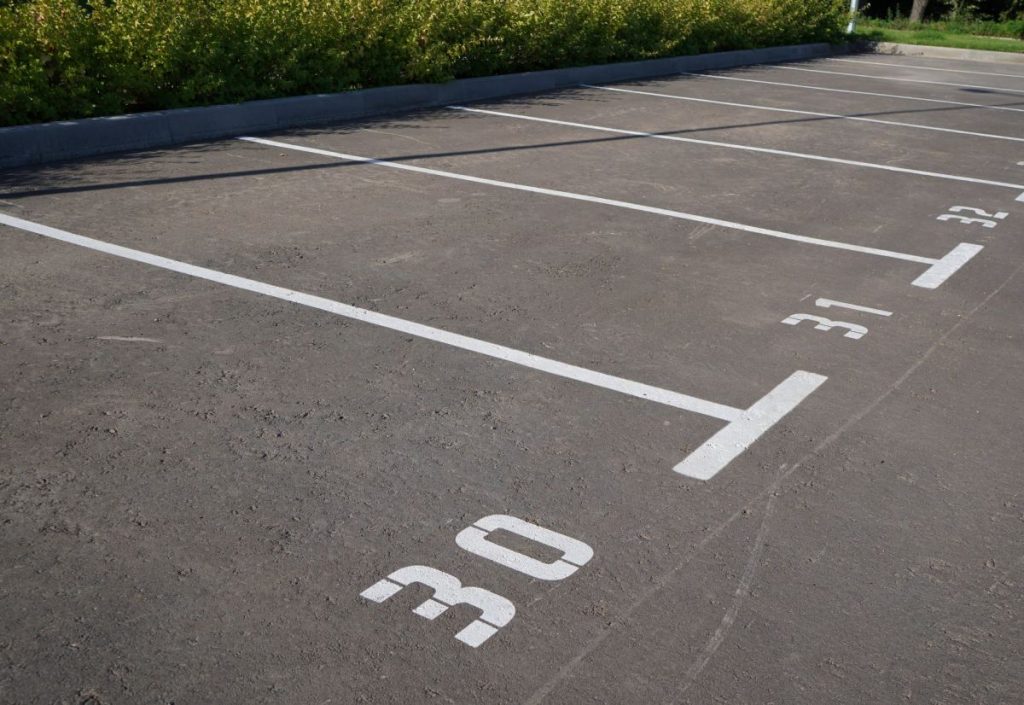With Danny lurking out in the Atlantic, now is the time to dust off that disaster plan (hopefully there is one in place to dust off from past years) and review it and refresh your memories to make sure it is followed. Let’s face it; it has been ten years since a hurricane has affected South Florida. But don’t let your guard down. While this is predicted to be a less than active season (as it has shown so far) all it takes is one! We have discussed these items before in past years, but I thought now is as good a time as ever for a refresher post.
What should associations and their representatives include in their disaster plans? The following is a general list of some information that may be helpful, but is not meant to be all encompassing. The particular needs of the association and the unique circumstances of its buildings, property, and residents must be considered. For instance, an over-55 community may have different safety concerns when thinking about power outages.
Appoint an “Emergency Coordinator.” A current board member could be appointed, and have a chain of alternate members to fill the role in the event the coordinator is unavailable. This coordinator can take the reins in implementing the plan and dealing with the situation at hand. This individual could also conduct a damage survey with photographs, video, etc.
Appoint someone with authority to contract for emergency repairs. This could be the emergency coordinator. Often following disasters, there will be the need for clean-up and other emergency services. The plan should have a strategy to facilitate temporary repairs and clean-up, in accordance with the association governing documents, and to start repairs as soon as possible.
Emergency telephone numbers. List emergency telephone numbers so they will be readily available when an emergency occurs. Include phone numbers that may be needed after an emergency, such as emergency repair contractors.
Utility outages and equipment failures. Include procedures for dealing with power outages. Elevators are one obstacle in this situation. If the association has an emergency backup generator, its location and operation should be described.
Utility shutoff locations. It is critical to know how to shut off water, gas, and electricity in the community to prevent further damage in the event of a disaster.
Steps to prepare. If the disaster is one where there is advance notice, such as a hurricane, there can be steps residents can take to mitigate damage, such as bringing loose items inside, securing shutters, etc.
Preparing for disasters with a detailed plan can make a difference in minimizing the impact and rebuilding after experiencing a disaster.
Plan for the worst; hope for the best. This is an old adage that has taken shape in various places in the realm of planning. If you have planned for the worst and given it thought, then the element of surprise is hopefully eliminated.


